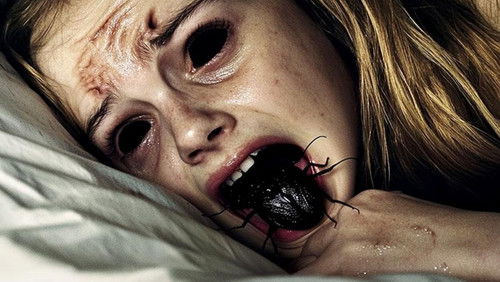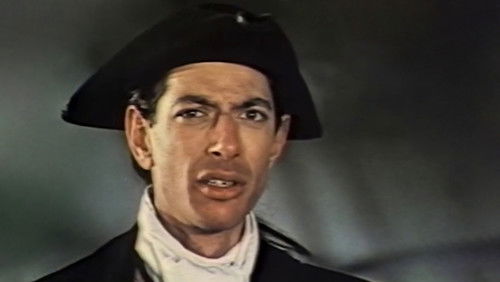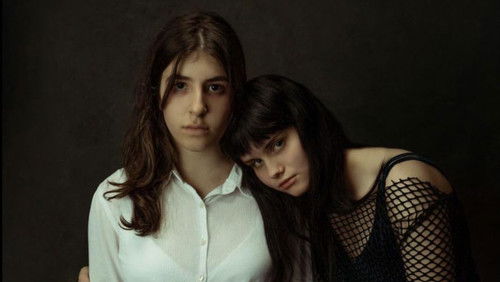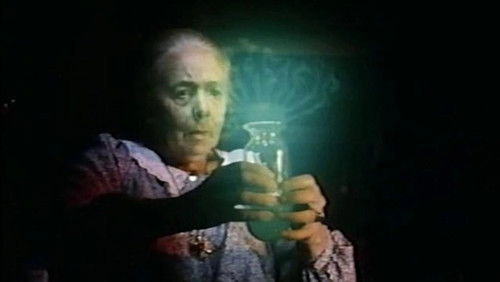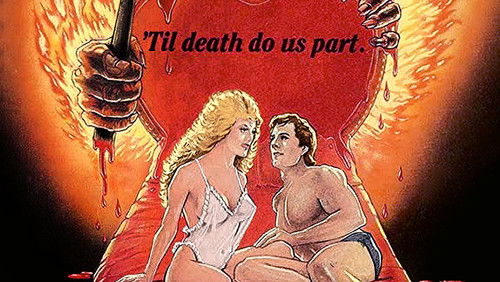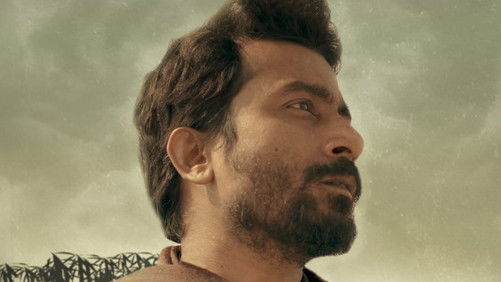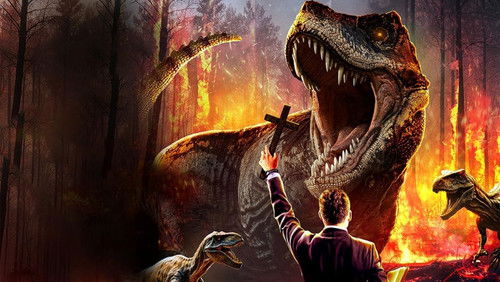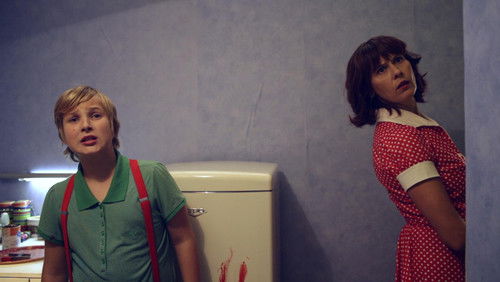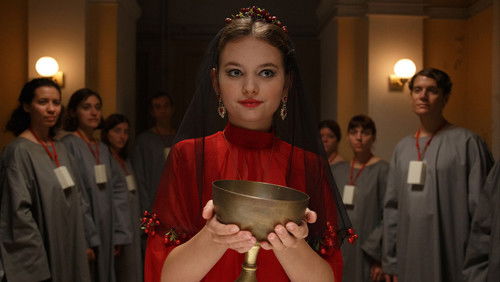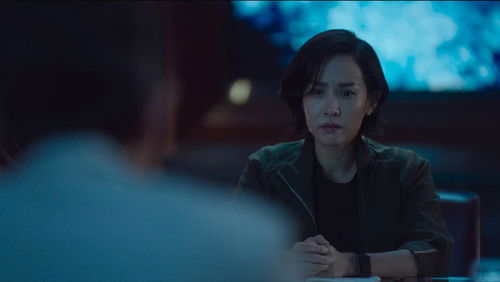Der Dämon mit den blutigen Händen (1958)
47KDer Dämon mit den blutigen Händen: Directed by Henry Cass. With Donald Wolfit, Vincent Ball, Barbara Shelley, Victor Maddern. In 1870s Transylvania, scientist Dr. Callistratus is put to death by villagers who wrongly believe he’s a vampire. However, his horribly disfigured henchman, Carl is on hand to orchestrate a life-saving heart transplant.
“We each have the experiences that brought us to the way we dream, and the forms we use in wrangling the world. My cinematic maturity is pretty traceable because the films and the watching were so self-ware.u003cbr/u003eu003cbr/u003eGoing back before well-formed notions of self, this was one film experience that changed me. Or rather I should say that the first two minutes changed me. It was my first movie alone, and my first non-cartoon movie. Sent on a mission to get bread, this ten year old sneaked into a matinée with the 15 cents left over. Sitting virtually alone I knew that what I was doing would be costly, and that I would be crossing a boundary with my life never fully retrieved. u003cbr/u003eu003cbr/u003eThis movie starts with some text that tells us about the curse of the vampire being the greatest evil ever visited on the earth and that we are entering Transylvania during what I assumed was its riskiest, spookiest time. The only way to kill a vampire, we are told, is by a stake through the heart. We are in an unkempt graveyard, Leni Riefenstahlu0026#39;s mountains in the background. If a church bell tolls it doesnu0026#39;t matter because I heard it. Tones are muted, the distance is far. We know it is the deepest part of night.u003cbr/u003eu003cbr/u003eTownsfolk carry a wrapped corpse on a stretcher, careful about their delicate business in managing the evil undead. They tip the corpse into the shallow grave, the only real space, and the covering comes off the bodyu0026#39;s face. We see not the artificial snarling teeth that we expect, but a regular bank president sort of guy.u003cbr/u003eu003cbr/u003eThe camera now looks up from the grave at two hired executioners. One has a stake five feet long, the other a wooden mallet with a head as big as his, something I suppose actually existed. But it is huge and the wide lens makes it very much larger as we hear the crunch of the stake through flesh and see and hear the pounding just as if it were our heart. The camera then shows the stake, the palette effectively shifting from black and white to color.u003cbr/u003eu003cbr/u003eA quick title and then we see a hunchback skulking behind a rock. His right eye (the wrong color) drooping two inches too low. Even a ten year old cinematic virgin could see at once that the action we have witnessed we have seen through his eye and that of the corpse. I was out of that air conditioned theater like my life depended on it. The bread did not survive.u003cbr/u003eu003cbr/u003eNow, after more than 50 years I can sit through the entire film. The first sequence is still masterful I think. But the rest of the thing must have been created by another team. Boring. It has dogs, which together with the opening must have been all Sangster had in mind when he started.u003cbr/u003eu003cbr/u003eFunny how you build a life.u003cbr/u003eu003cbr/u003eTedu0026#39;s Evaluation — 2 of 3: Has some interesting elements.”
